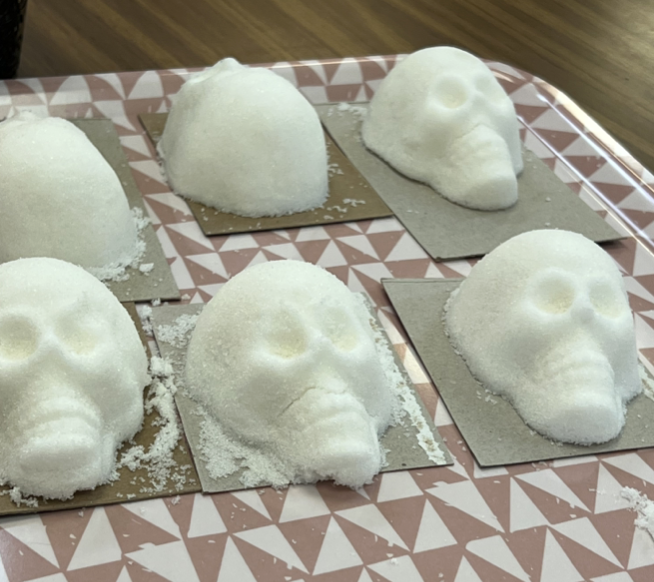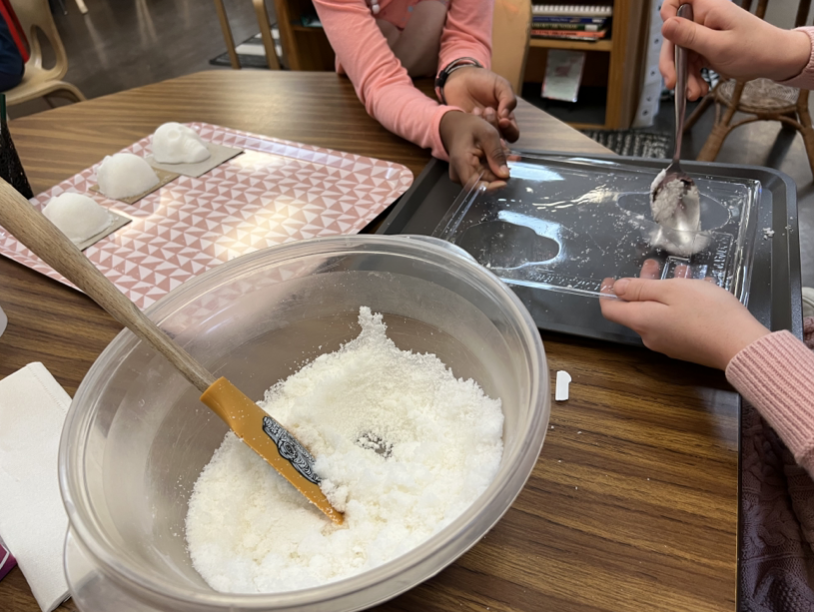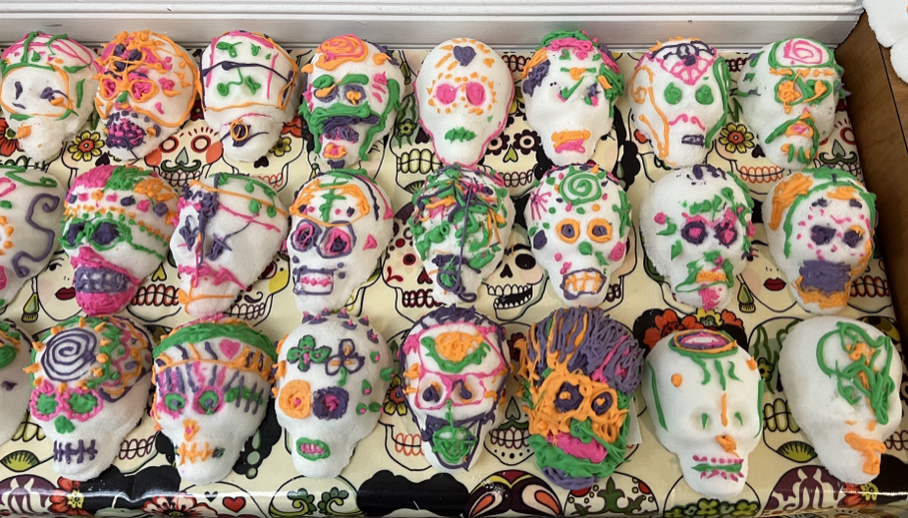Embracing Diversity and Tradition in the Classroom
By Virginia Viscovic
The fall brings with it so many opportunities: most have settled into a routine in their classrooms, the weather begins to change, and there are wonderful seasonal celebrations and holidays to share with my students. Now, I’ll be honest, I love a holiday celebration I can share with my classroom community and there are more celebrations than days. You name it, there is a day to celebrate it (A Poem in My Pocket Day? Yes please!)! However, I have a deep love for the fall and winter celebrations. At this time of year, we know that here in the United States, Halloween is just around the corner. I think I can safely say that most Montessori schools do not celebrate Halloween with costumes and candy. In my community, we learn about the historical origins of the celebration. Why do we dress up? Why do we carve pumpkins? Are pumpkins always used? Do other areas of the world also celebrate? If so, what do those celebrations look like?
Shortly after, it will be Dia de los Muertos. Each year, my elementary community sets up an offrenda, discusses the importance of the holiday and how it is celebrated, and works with some form of handwork as part of our celebration. We might create beautiful tissue paper marigolds or colorful paper mache masks, though hands-down, the favorite is making and decorating intricate sugar skulls.
Dr. Montessori advocated for peace, for a peace that comes through education. When we know and have some insight into the customs, traditions, and beliefs of those in both our immediate community, as well as those around the world, understanding can happen. When we think about all of the strife happening around the world, it can be difficult to know how to make an impact. Can we? Yes, through the children. Dr. Montessori tells us, “We see the figure of the child who stands before us with his arms held open, beckoning humanity to follow” (Education and Peace 119).
Change will come through the children. “An education capable of saving humanity is no small undertaking; it involves the spiritual development of man, the enhancement of his value as an individual, and the preparation of young people to understand the times in which they live” (Education and Peace 30). For that to happen, they have to understand and love those around them, whether they know them or not. Our world is full of so much beauty to discover-let’s share it with our children!
Virginia Viscovic, MINT AMI 6-12 Trainer
Virginia Viscovic holds AMI diplomas at both the Primary and Elementary levels and is an AMI Consultant, Examiner, and Trainer for 6-12. She is also trained in Catechesis of the Good Shepherd Levels I and II and is a Montessori coach. Virginia has a B.A. in Anthropology and an M.A. in Education/Child and Family Studies from SUNY Stony Brook in New York. She has a wide range of school experience including more than twenty years in the classroom with corporate, private, and public-school programs. While she has served in school administration as well as on the boards of Montessori schools, Virginia is most passionate about working with children (in a classroom) and adults (in training and after) and is currently directing a Lower Elementary class in Washington, D.C. She enjoys cooking and crafting, she is a professional cake decorator, and she loves traveling with her partner, Christopher.



